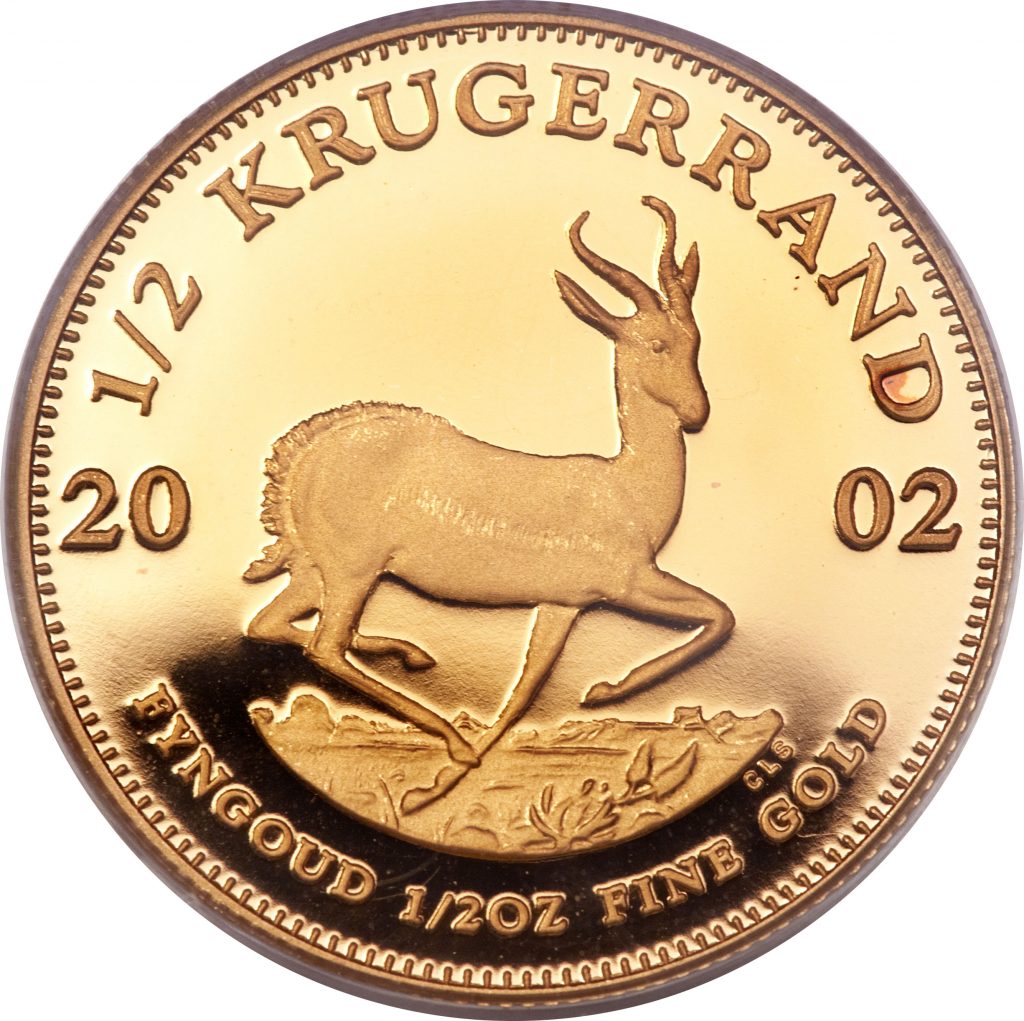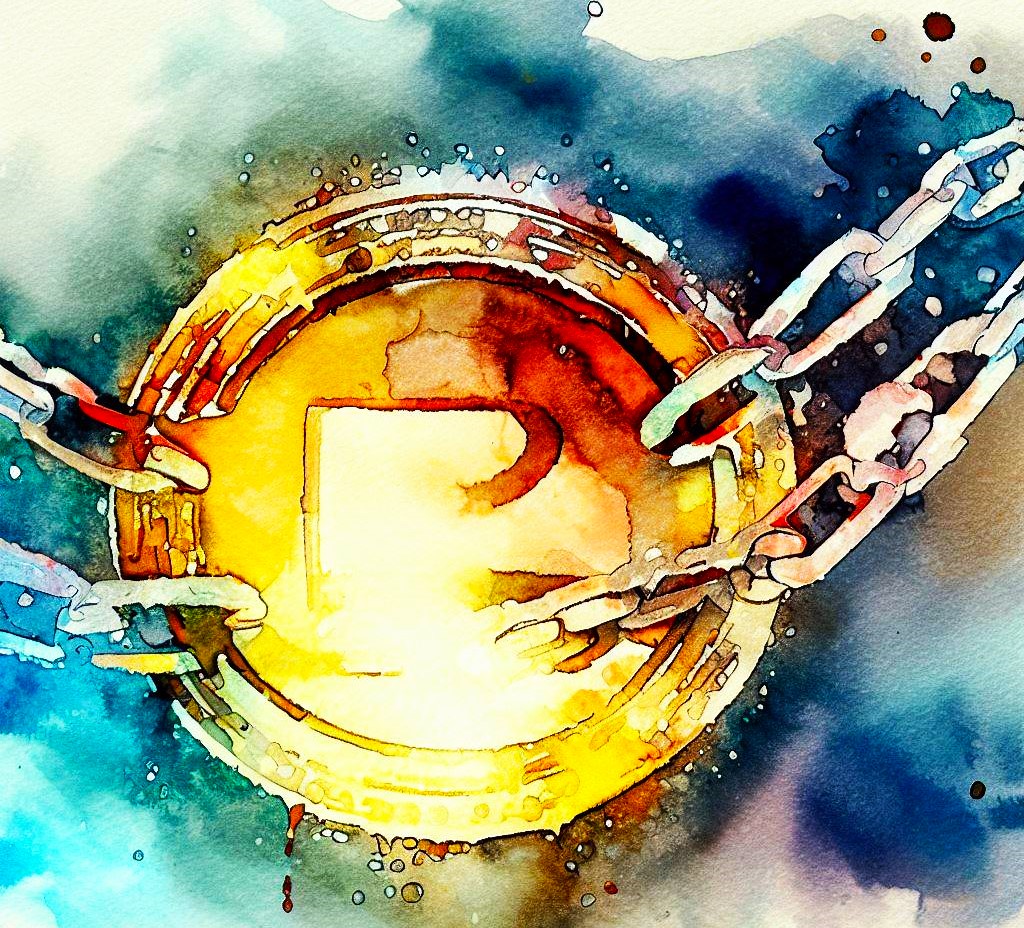Bob Marley 1945 – 1981
‘Don’t gain the world and lose your soul; wisdom is better than silver and gold’ – Bob Marley, a reggae singer-songwriter who reminds us of the futility of chasing material things.
‘Don’t gain the world and lose your soul; wisdom is better than silver and gold’ – Bob Marley, a reggae singer-songwriter who reminds us of the futility of chasing material things.
Gold prices are on track to rally to all-time highs in 2024 on the back of interest rates increases, inflation fear, looming recessionary concerns and geo-political unrest.
The precious metal is always sought after as a safe haven asset. The gold price hit a record intraday high of $2,072.5 on 7th August 2020, according to data. Some analysts say it could surpass that level and push beyond the record.
Another positive driver for gold is an anticipated peak in Fed rate hiking cycle as well as upcoming topping out of U.S. dollar strength.

Much of this has to do with the fact that recessionary forces may take hold beginning early in 2024.
Let’s watch and see.
You must, as always do your own careful research before making an investment.
REMEMBER: RESEARCH! RESEARCH! RESEARCH!
Investors, it is reported, have placed their bets, suggesting the Federal Reserve is finished with interest rate hikes.
Gold was up around 0.52% at $2,012 per ounce in early afternoon trading (London time). It reached a high of $2,017.82 earlier in the day. Gold futures for December 2023 hit $2,018.90 according to analysts’ data.
The dollar index, a measure of the greenback against major currencies, was 0.13% lower as markets price in a more than 90% chance the Fed will hold rates at its next two meetings.
Analysts at Goldman Sachs reportedly said that the outlook for 2024 is that gold’s ‘shine is returning’.
The potential upside in gold prices will be closely tied to U.S. real rates and dollar moves.
Gold is a precious metal that is often seen as a safe haven investment and a store of value, but it is also subject to the forces of supply and demand, as well as many other factors that affect its price.
The gold market is complex and dynamic, and the price of gold can change quickly and unpredictably. Therefore, it is important to do your own research and analysis before investing in gold or any other asset.
Always do your research! Remember, RESEARCH! RESEARCH! RESEARCH!

The cost of mining, refining, and transporting gold can influence the supply and the price of gold. If the production costs are high, the gold miners may reduce their output or increase their selling price, which can affect the market balance and the gold price.
The amount of money in circulation can affect the value of the currency and the inflation rate, which in turn can affect the demand and the price of gold. Generally, when the money supply increases, the currency value decreases and the inflation rate increases, which can boost the demand and the price of gold as a hedge.
The political and economic events around the world can affect the market sentiment and the risk appetite of investors, which can influence the demand and the price of gold. Generally, when there is uncertainty, instability, or conflict, investors tend to seek safe-haven assets such as gold, which can increase the demand and the price of gold.
The demand for gold from the jewellery and industrial sectors can affect the market balance and the price of gold. Jewelry is the largest source of gold demand, especially in countries like India and China, where gold is culturally and traditionally valued. Industrial demand for gold comes from its use in various electronic and medical devices, such as smartphones, computers, and dentistry. The changes in the consumer preferences, the income levels, the technological innovations, and the environmental regulations can affect the demand and the price of gold from these sectors.

The actions of central banks around the world can affect the supply and the demand of gold, as well as the value of the currency and the interest rates, which can influence the price of gold. Central banks hold gold reserves as part of their foreign exchange assets, and they can buy or sell gold to diversify their portfolios, to manage their liquidity, or to intervene in the currency markets. Central banks can also affect the price of gold indirectly through their monetary policies, such as setting the interest rates, printing money, or buying bonds, which can affect the inflation expectations, the currency value, and the opportunity cost of holding gold.
Gold is priced in U.S. dollars in most of the major trading exchanges around the world, so when the dollar rises against other currencies, gold becomes more expensive for foreign investors, reducing the demand for it. The U.S. dollar has been strengthening since, partly due to the Federal Reserve’s monetary tightening policy that has raised the interest rates and the attractiveness of U.S. Treasury securities.
Gold is often considered a hedge against inflation, currency devaluation, and the failure of other financial assets, but when the stock market is performing well, investors tend to shift their money from gold to equities, seeking higher returns and growth potential. The global stock market has been rallying since the bottom of the Covid-19 pandemic in March 2020, boosted by the roll-out of vaccines, the fiscal stimulus, and the economic recovery.

Krugerrand gold coins are a type of bullion coin that were first minted in 1967 by the South African Mint. They are made of 22 karat gold and have a diameter of 32.77 mm and a thickness of 2.84mm. The obverse side features the portrait of Paul Kruger, the former president of the South African Republic, and the reverse side depicts a springbok, the national animal of South Africa. The name ‘krugerrand’ is a combination of ‘Kruger’ and ‘rand’, the currency of South Africa.
Krugerrand gold coins are popular among investors and collectors because they have a high gold content and are easy to trade. They are also legal tender in South Africa, although they do not have a fixed face value.
Gold is also seen as a protection against the erosion of purchasing power caused by inflation, but when inflation expectations are low or falling, gold loses some of its appeal as an inflation hedge. The inflation expectations have been declining in recent months, partly due to the easing of supply chain disruptions, the moderation of energy prices, and the fading of the base effects from the previous year.
These are some of the main factors that have been weighing on the gold price lately, but there may be other reasons as well, such as the speculations, the market sentiments, and the geopolitical events that can influence the supply and demand of gold.
Singapore’s financial regulator has reportedly said it had finalised rules for a type of digital currency called ‘stablecoin’, placing it among some of first the regulators worldwide to do so.
Stablecoins are a type of digital currency designed to hold a constant value against a fiat currency. Many claim to be backed by a reserve of real-world assets, such as cash or government bonds.
Reserves that back stabelcoins must be held in low-risk and highly-liquid assets. They must equal or exceed the value of the stablecoin in circulation at all times, the rules say. The stablecoin market is valued at around $125 billion, with two tokens – Tether’s USDT and Circle’s USDC – dominating roughly 90% of the market cap value. Stablecoins are broadly unregulated around the world.
These rules will apply to stablecoins that are issued in Singapore and mimic the value of the Singapore dollar, or of any G10 currencies, such as the U.S. dollar.

Last year, the collapse of a so-called algorithmic stablecoin named UST put this type of stablecoin in the crosshairs of regulators. Unlike USDT and USDC, UST was governed by an algorithm and did not have real-world assets like bonds in its reserves.
Singapore’s stablecoin framework puts it among one of the first jurisdictions to have such rules. In June, the U.K. passed a law that gives regulators the ability to oversee stablecoins, though there are no concrete rules yet. Hong Kong is meanwhile undergoing a public consultation on stablecoins and seeks to introduce regulation next year.
A stablecoin is a type of cryptocurrency that tries to maintain a stable value by being pegged to another asset, such as a fiat currency, a commodity, or another cryptocurrency. Stablecoins aim to offer the benefits of cryptocurrencies, such as decentralisation, security, and transparency, without the drawbacks of high volatility and price fluctuations.
Stablecoins can be used for payments, remittances, trading, and storing value. However, stablecoins also face some challenges and risks, such as regulatory uncertainty, technical issues, and trust issues.
There are different ways to create and manage stablecoins, depending on the mechanism used to stabilize their value.
Crypto has attracted a lot of attention in recent years. Crypto is short for cryptocurrency, which is a digital or virtual currency that uses cryptography to secure and verify transactions. Crypto can also refer to the underlying technology that powers cryptocurrencies, such as blockchain.
Some examples of popular cryptocurrencies are Bitcoin, Ethereum, Ripple ( XRP)and Cardano (ADA).

Cryptocurrencies have many advantages over traditional currencies, such as decentralisation, transparency, anonymity, and lower fees. However, they also face some challenges, such as volatility, regulation, security, and scalability. Crypto enthusiasts believe that cryptocurrencies have the potential to revolutionise the world of finance and beyond.
Some examples of popular stablecoins are Tether, USD Coin and Binance USD.